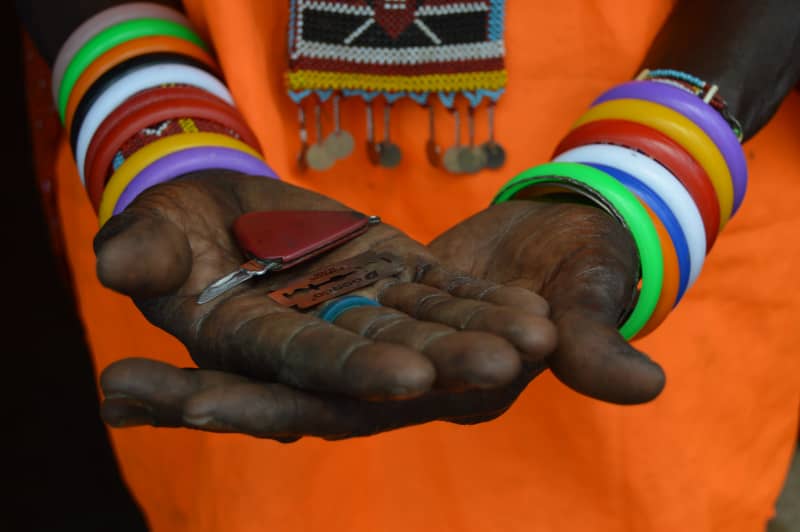
The Solidarity Foundation points out that without the female reproductive organ, no human being would exist.
The International Solidarity Foundation, which works against mutilation, is calling for the female genital organ to be added to the United Nations UNESCO World Heritage List.
The Foundation has submitted an application today to the Ministry of Education and Culture on Girls’ Day.
World Heritage sites are considered to be of such value that their protection and conservation is the responsibility of all humanity. Current World Heritage sites include the Great Wall of China, Machu Picchu in Peru, the Suomenlinna Castle and the Bronze Age mound site at Sammallahdenmäki.
The foundation reminds us that without a woman’s genitalia, not a single person would exist. Mutilation is an international problem, and therefore a woman’s genitalia should also receive the protection of a generally recognized international body.
Mutilation can kill
There are more than 200 million women or girls in the world whose genitals have been mutilated.
According to information from the Institute of Health and Welfare, there are approximately 10,000 women or girls living in Finland who have faced this kind of extreme violence.
According to THL, there are 650–3,000 people at risk of mutilation in Finland. The amounts are based on statistical estimates.
Mutilation results in psychological, emotional and physical harm. It could lead to the girl’s death. According to a study by the University of Birmingham, 44,000 girls and women die every year due to female genital mutilation.
Solidarity Foundation works in East Africa in Kenya, Somaliland and Ethiopia. The goal of the foundation is to put an end to mutilation all over the world. The organization works in close cooperation with local communities, experts and authorities, as well as religious leaders.
The Ministry of Education and Culture and the Ministry of the Environment are responsible for the implementation of the UNESCO World Heritage Convention in Finland. On Wednesday, Yle asked how the Ministry of Education and Culture views the Solidarity Foundation’s proposal, but no answer was received.
